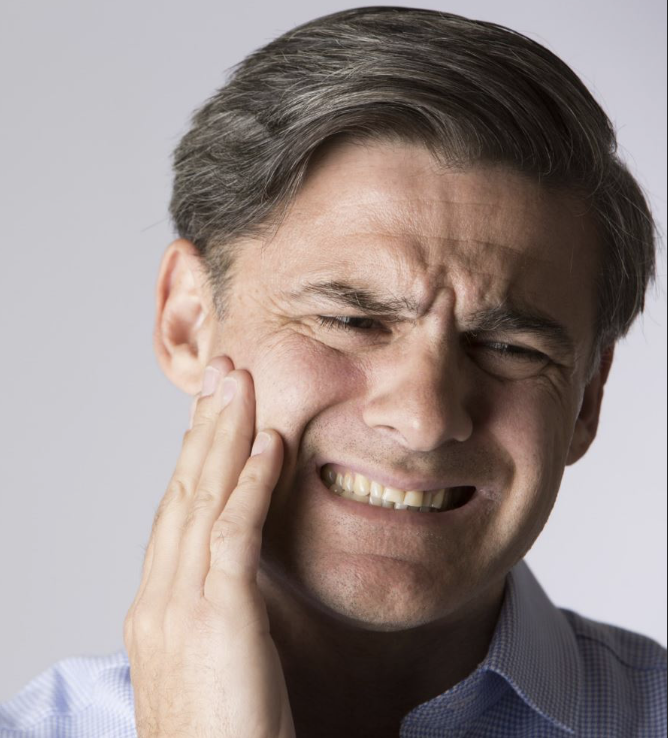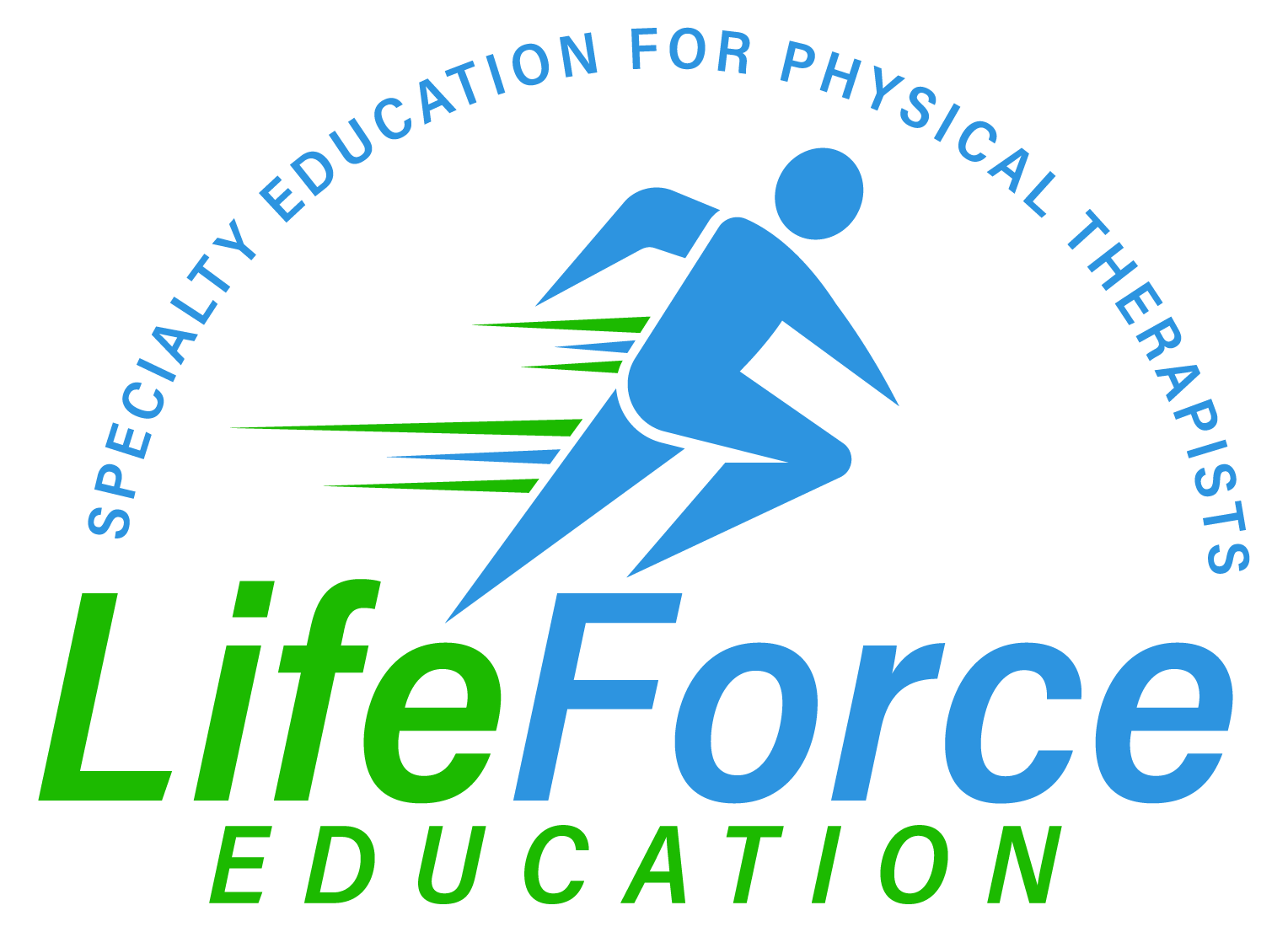Temporomandibular
Dysfunction Course:
In-person dates:
March 29-30, 2025
New York, NY
Thrive Physical Therapy
594 Broadway, Suite
New York, NY 10012
Learn comprehensive treatment of painful mastication/speech, joint locking, facial/ear pain, clenching and bruxism.
10 hrs on-line + 14 hours in-person
= 24 clock hours
(on-line content opens 2 weeks prior to in-person course. Content accessible for 6 months)
-
On-line Discussion
With other learners
and instructor -
CEU course
See specifics for each course -
24 hours Total
Course duration -
Current evidence
Key research papers

Temporomandibular
Dysfunction: How specialist physical therapy can help patients that suffer from TMD.
Clinical evidence shows that physical therapy is effective for many types of TMD. This online and in-person course can help you become an expert in the clinical treatment of different forms of TMD and related regions of the Orofacial/Craniocervical region.
Courses qualify towards required specialty CEUs for application to sit for the CCTT certification exam.
Attract an expanded referral base of dental professionals, ENTs, maxillo-facial surgeons and other facial pain specialists.
Courses qualify towards required specialty CEUs for application to sit for the CCTT certification exam.
Attract an expanded referral base of dental professionals, ENTs, maxillo-facial surgeons and other facial pain specialists.
Course Syllabus
The Temporomandibular Dysfunction Course is an intensive, in-person course that is blended with online didactic education for a comprehensive 24 contact-hour learning experience.
Dr. Liz Henry
PT, DSc, OCS, COMT, FAAOMPT, CCTT
Patrick Jones - Course author

